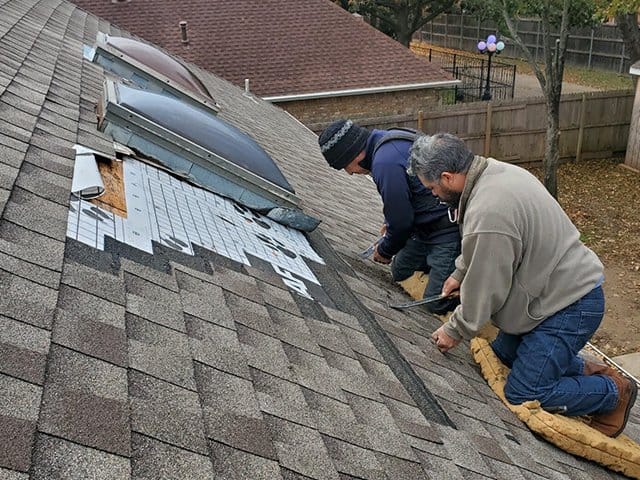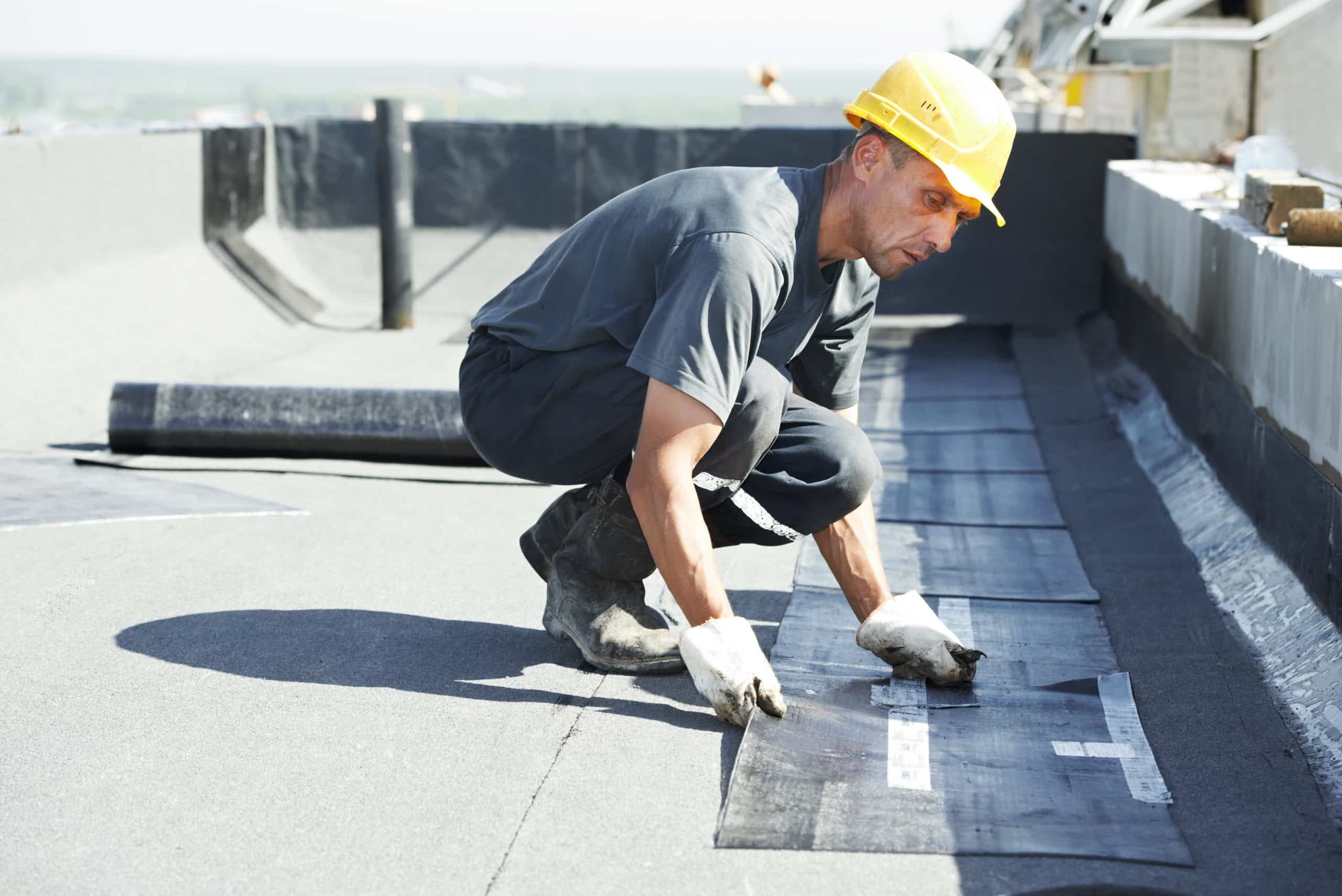Discovering the Numerous Sorts Of Roofings: Which One Is Ideal for Your Home?
When thinking about the myriad types of roofs available, it is essential to assess just how each choice aligns with your home's distinct requirements, including environment problems, visual choices, and architectural capability. From the traditional gable roofing system that effectively networks rainwater to the modern-day flat roof covering offering metropolitan flexibility, each style presents distinctive benefits and challenges.
Saddleback Roof
Saddleback roofs, defined by their triangular form and sloping sides, are a preferred choice amongst property owners seeking both aesthetic appeal and performance. This roof covering design efficiently enables efficient water runoff, decreasing the risk of water pooling and subsequent damage. In addition, the high slopes produce adequate attic room space, which can be used for storage or also exchanged living locations.
One of the main benefits of saddleback roofs is their ability to endure rough weather condition conditions. The layout helps in decreasing wind resistance, making them especially ideal for areas vulnerable to storms. Additionally, gable roofings can be built making use of a variety of materials, including shingles, ceramic tiles, and metal, providing house owners with adaptability in layout and budget.
From an architectural viewpoint, gable roofing systems can boost the visual charm of a home, using a traditional and classic appearance. In general, gable roof coverings continue to be a preferred choice due to their balance of functionality and design, appealing to a large variety of property owners.
Flat Roofs
While typically ignored for more traditional roofing styles, flat roofs offer unique advantages that accommodate particular architectural needs and modern style preferences. These roofing systems are defined by their minimal pitch, permitting for efficient use of space, specifically in metropolitan environments where making best use of square video is necessary.
One considerable benefit of flat roofing systems is their flexibility. They can be utilized as added home, such as rooftop yards, patio areas, or solar panel setups, improving the functionality of a home. Moreover, level roofings are normally easier and more secure to navigate during upkeep, helping with repairs and examinations without the difficulties positioned by high inclines.
Flat roof coverings can likewise be extra cost-effective in regards to materials and installment. With a simpler style, they commonly require less resources, converting into lower labor prices. However, it's critical to take into consideration water drainage and waterproofing, as flat roofings can be prone to pooling water otherwise adequately created.

Hip Roofing Systems
Hip roofings stand out for their stylish design and structural stability, making them a preferred choice among property owners. Identified by slopes on all four sides, hip roofings provide a healthy aesthetic that matches numerous building styles - roof repair oahu. The symmetrical nature of these roof coverings helps to distribute weight uniformly, improving security and durability
Among the vital benefits of hip roofs is their ability to endure rough weather. The sloped surfaces assist in reliable water drainage and snow drainage, lowering the risk of leaks and structural damage. In addition, the style lessens wind resistance, making hip roofings much less prone to wind uplift contrasted to various other roof types.


Dropped Roof Coverings
Lost roofings, in comparison to the intricacy of hip roofing systems, offer a structured and minimal style that attract contemporary aesthetic appeals. Defined by a single sloping surface, lost roofing systems are often utilized in contemporary design, garden sheds, and other useful structures. This simpleness not just boosts visual allure but additionally permits for efficient water overflow, making them suitable for numerous environments.
One of the main advantages of shed roofings is their cost-effectiveness. With less products required and a simple installment procedure, homeowners can save both time and cash. The style likewise permits the unification of huge windows or skylights, promoting natural light and creating roomy interiors.
However, it is important to take into consideration the possible downsides, consisting of minimal insulation alternatives and the need for careful design to stay clear of too much warmth build-up. In addition, lost roofs may not mix flawlessly with typical style, which can be a problem for some home owners.
Inevitably, lost roofings provide a trendy and useful roofing solution for those looking for modernity and performance. When picking a roof covering kind, reviewing individual visual preferences and functional requirements will guide home owners to the very best selection for their special needs.
Mansard Roofing Systems
Mansard roofs, identified by their unique four-sided design, are a hallmark of French style that combines style with capability. This building style includes 2 slopes on each side, with the reduced incline being steeper than the upper one. The one-of-a-kind arrangement permits extra living space in the upper levels, making it a perfect choice for homeowners seeking to make best use of functional location without broadening the building's footprint.
Among the substantial benefits of a mansard roofing system is its versatility. It can be adapted to different building styles, from conventional to modern, enhancing the visual charm of any home. Furthermore, my company the adequate room developed under the roofing can conveniently suit dormer windows, which enable all-natural light and ventilation, additional boosting the comfort of the living area.
Nevertheless, prospective house owners need to take into consideration the maintenance requirements associated with mansard roof coverings. Installation costs may be higher compared to easier roofing system styles due to the complexity of construction.
Conclusion
To conclude, the selection of a proper roofing type rests on specific demands, environment considerations, and visual preferences. Each roofing design offers one-of-a-kind benefits, such as the effectiveness of saddleback roofs, the modern-day charm of shed roofing systems, and the stability of hip roofs. In addition, level roof YOURURL.com coverings offer usefulness for metropolitan environments, while mansard roof coverings supply extra space despite greater installation prices. Eventually, a complete analysis of these aspects will certainly direct homeowners in making a notified decision.
From the timeless gable roof that effectively networks rainwater to the contemporary level roofing system offering city flexibility, each style presents unique advantages and difficulties (roof repair oahu). In addition, the layout lessens wind resistance, making hip roofs less prone to wind uplift contrasted to various other roof types
Shed roofing systems, in comparison to the intricacy of hip roofs, provide a structured and minimal layout that allures to modern-day visual appeals. Each roof design offers unique benefits, such as the performance of gable roofs, the modern charm of shed roofings, and the security of hip roofings. Flat roofs offer practicality for urban environments, while mansard roofing systems offer extra living space regardless of greater setup expenses.